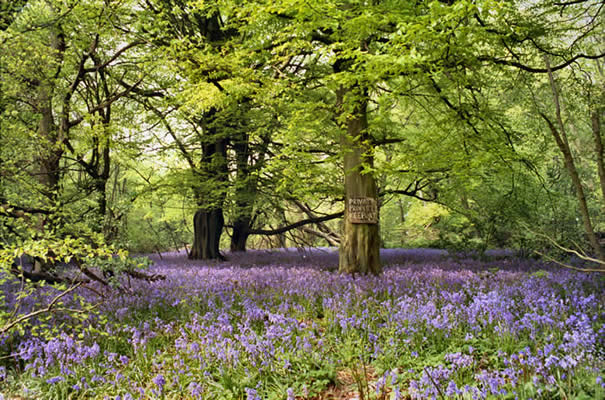Seasons
HOW ARE THE SEASONS DEFINED
Q. How are the seasons defined

In the NE Atlantic/NW European area (and like locations), we are used to the idea of the four seasons. Spring, Summer, Autumn and Winter.
For climatological 'accounting' purposes, these are defined using three calendar month blocks thus:-
March - May = Spring
June - August = Summer
September - November = Autumn
December - February = Winter
However, terminology used in forecasts when describing temperature levels (in the UK) relative to average values (e.g. 'mild', 'rather cold', 'hot' etc.) employ a modified form of the above:
The spring description apply from mid-March to mid-May;
Summer time is mid-May to mid-September,
Autumn from mid-September to mid-November and
Winter runs from mid-November to mid-March
Note though that as with the climatological seasons (above), in any one year, the 'bounds' may not be appropriate: they are only a guide and the terminology they allow do not find favor with all!
Moving away from the four 'classic' seasons. other periods have be suggested which fit more closely the various climatological phases of a year: for example, Hubert Lamb (1950), a noted British climatologist, proposed the following:
High Summer: 18th June to 9th September
Autumn: 10th September to 19th November
Early winter: 20th November to 19th January
Late winter: 20th January to 29th March
Spring: 30th March to 17th June
This classification was based on his (and others, e.g. Brooks) analysis of British Isles weather periodicities.
Of course we must appreciate that our desire to neatly parcel the year into equal - length units (in the case of the 'standard' definition above), does not sit well when transferred to other parts of the world. For example, tropical (& adjacent) areas subject to the migration of the ITCZ will have a 'dry' season and a 'wet' season (perhaps two) - not necessarily of equal length.
In South Asia, it is more sensible to talk about the periods affected by the various monsoon wind regimes, with short transition periods. In the interior of large continents, and at high (arctic/sub-arctic) latitudes, the "seasons" are observed only by convention: the year often consists of extended deep winter & high summer spells, again with short transitional periods of about a month.
One classification that does NOT find favour with meteorologists though is that used by Astronomers. They use the dates of equinoxes and solstices to define the start/end of season.
Infomation curtisy of
The MetOffice
Author Unknown
|

